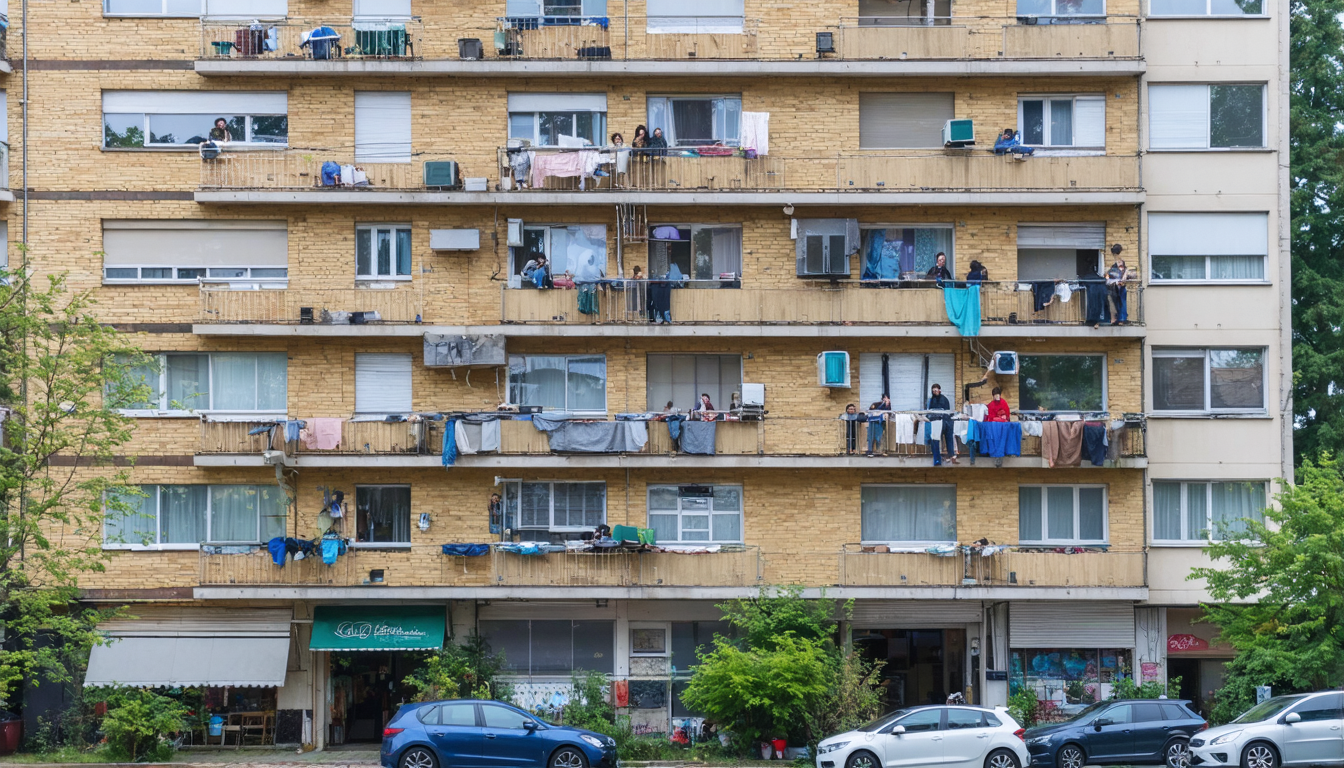- Comparison of Insurance Policies for Owner-Occupied versus Rented Apartment Buildings
- Overview of Owner-Occupied Apartment Building Insurance
- Overview of Rented Apartment Building Insurance
- Key Policy Coverage Differences
- Liability and Risk Management Considerations
- Cost Analysis and Premium Comparisons
- Impact of Legal and Regulatory Factors
- Claims Process and Settlement Considerations
- Case Studies and Real-World Examples
- How to Choose the Right Policy for Your Situation
- Conclusion
1. Comparison of Insurance Policies for Owner-Occupied versus Rented Apartment Buildings
When it comes to protecting your investment in apartment buildings, choosing the right insurance policy is crucial. Whether your property is owner-occupied or rented, insurance plays a vital role in managing risks and liabilities.
This article provides an in-depth look at the different types of insurance coverage available for owner-occupied versus rented apartment buildings, offering practical advice on selecting the policy that best meets your needs.
2. Overview of Owner-Occupied Apartment Building Insurance
Owner-occupied apartment building insurance is designed for property owners who reside on-site. Because the owner lives in the building, insurance providers often view this as an added level of care and oversight on the property.
Policies generally include comprehensive coverage that protects not only the physical structure but also areas such as common areas and any personal possessions kept on-premises.
Standard coverage for owner-occupied properties typically includes wall-to-wall protection, liability coverage for injuries that occur on the property, and coverage for damages caused by natural disasters like fires, floods, or storms.

3. Overview of Rented Apartment Building Insurance
Rented apartment building insurance is tailored to protect buildings where the owner does not reside on the premises. The primary focus of these policies is to protect the property’s structure, common areas, and liability risks associated with tenant occupancy.
Because the building is occupied by tenants, insurers often place additional emphasis on coverage related to third-party injuries, accidents, and potential negligence claims.
4. Key Policy Coverage Differences
The choice between owner-occupied and rented apartment building insurance hinges on several key coverage differences. One significant distinction is in liability protection. In owner-occupied buildings, the owner’s presence tends to reduce risk as they can quickly address issues like maintenance or security.
Consequently, liability claims may be lower, which can lead to more favorable policy rates. In rented properties, the risk of tenant-related incidents increases, leading to potentially higher liability coverage requirements.

5. Liability and Risk Management Considerations
Managing liability is a core concern for both owner-occupied and rented buildings. With owner-occupied properties, immediate action can be taken when accidents occur. An owner’s presence can speed up repairs and maintenance, reducing the duration of exposure to risk.
Liability coverage protects against claims stemming from injuries on the property or accidents involving residents.
6. Cost Analysis and Premium Comparisons
Cost analysis is key when comparing insurance for owner-occupied versus rented apartment buildings. Owner-occupied properties may benefit from lower premiums due to the perceived lower risk by insurers.
The direct involvement of the owner in the property can lead to more nimble maintenance and faster response times to incidents, which, in turn, reduces the frequency and severity of claims. Additionally, the occupancy of the owner often eliminates the need for certain endorsements or additional liability coverages mandated for rented properties.

7. Impact of Legal and Regulatory Factors
Legal and regulatory environments are critical components in determining insurance needs. Local laws and building codes often dictate specific insurance requirements for both owner-occupied and rented properties. For example, jurisdictions might require higher liability limits for rented buildings or enforce safety regulations that indirectly affect insurance premiums.
8. Claims Process and Settlement Considerations
Understanding the claims process is an essential part of selecting an insurance policy. In owner-occupied scenarios, the owner’s direct involvement in the day-to-day operations can streamline the reporting and claims handling process.
Being on-site can lead to faster assessment, quicker repairs, and more efficient settlements. Insurance companies often work favorably with policyholders who can promptly provide necessary documentation and access to the property.
9. Case Studies and Real-World Examples
A closer look at case studies helps to illustrate the practical differences between the two types of insurance policies. Consider an owner-occupied apartment building that experienced minor water damage due to burst pipes.
The owner quickly discovered the issue, reported it, and coordinated immediate repairs. Thanks to an efficient claims process and comprehensive coverage, the incident resulted in minimal downtime and a smooth settlement.

10. How to Choose the Right Policy for Your Situation
In choosing the right insurance policy, property owners must evaluate several factors based on their occupancy model. First, conduct a thorough risk assessment of your property.
Determine potential hazards, tenant-related issues, and serviceability of on-site management. If you are managing an owner-occupied property, focus on policies that offer robust personal property coverage and flexibility in terms of endorsements.
For rented apartment buildings, consider policies that provide extensive liability coverage, loss of rental income protection, and include detailed guidelines for claims settlements.
Conclusion
Choosing between insurance policies for owner-occupied and rented apartment buildings requires a careful analysis of your unique risk environment, financial capabilities, and the specific legal landscape in your area.
Owner-occupied properties offer advantages such as better risk management and lower premiums due to direct oversight, while rented buildings often need enhanced liability and income protection measures.
By understanding key policy differences, liability considerations, cost factors, legal impacts, and claims processes, property owners can make an informed decision that will protect their investment.
